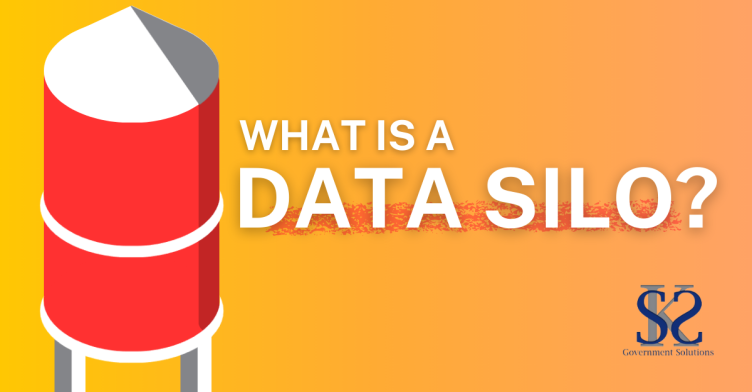What is a data silo?
A data silo is a situation in which data is stored in isolated, independent systems that are not integrated with or easily accessible by other systems.
This occurs when different organizational departments use different software and databases to store data without standardization or communication between the systems. As a result, data silos can create barriers to data sharing, collaboration, and analysis across different departments or teams.
This can lead to inefficiencies, redundancies, and errors in decision-making and hinder the ability to extract insights from the data.
Can data silos hurt a business?
Absolutely. Businesses are a collection of people working towards a shared goal. Data that isn’t easily accessible between teams causes personnel and logistical hurdles that can reduce productivity and waste valuable time and resources.
How do data silos form?
The scariest aspect of data silos is how easily they form and how long they can grow without being addressed.
Growth and expansion
Business growth is excellent. But the bigger a business gets, the more complex it becomes. A proficient data governance system should be able to anticipate and identify future gaps in data integration, preventing silos from forming as the business expands.
Different teams and different systems
Multiple teams working with multiple applications and data capture systems create siloed information. Businesses succeed by seeing the big picture, and too much informational autonomy within individual teams creates a disconnect in the narrative of a business.
Outdated or “legacy” software
Running outdated software and hardware creates clusters of information that become unavailable to today’s technology. The longer these systems go without update or migration, the harder it will be to integrate the information with compatible systems and applications.
How to solve the data silo issue?
Assess the current state of data silos
Identify where data silos exist and how they affect business operations.
Establish data governance policies
Implementing data governance policies that define data standards and protocols can help standardize how data is stored, managed, and shared across the organization.
Implement a centralized data platform
Establishing a centralized data platform that integrates all data sources and makes data easily accessible can help break down silos and promote collaboration across different teams and departments.
Invest in data integration and management tools
Investing in data integration and management tools such as ETL (extract, transform, load) software or data warehouses can help streamline data integration from different sources.
Encourage collaboration and communication
Encouraging collaboration and communication between different teams and departments can promote the sharing of information and best practices, leading to more effective decision-making and problem-solving.
SKS Government Solutions implement these solutions so your business can overcome data silos and create a more efficient, collaborative, and data-driven organization.

